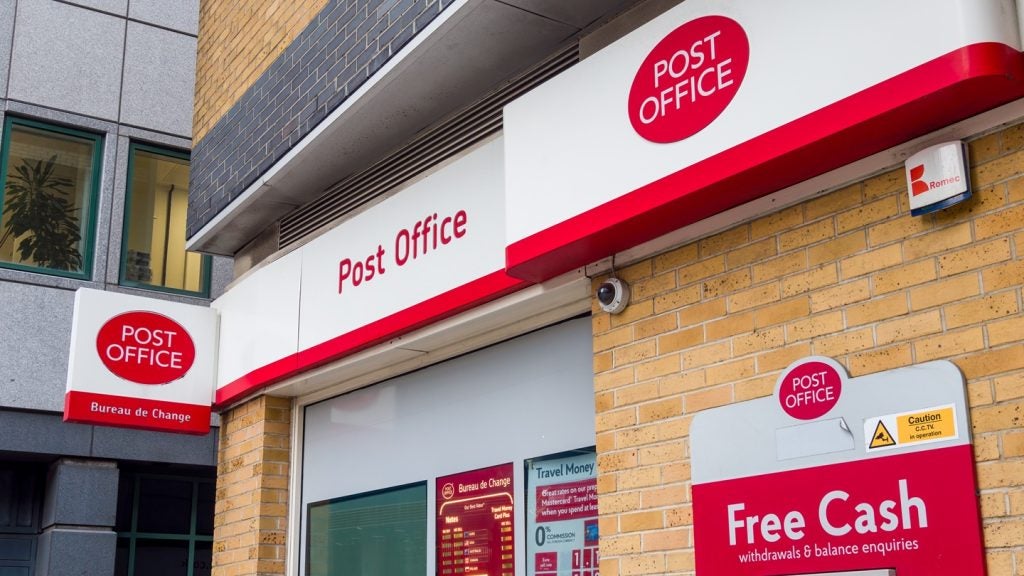I have been travelling recently, conducting a series of meetings
with customers and prospects from around the globe and there seemed
to be a common theme – everyone is excited and investing in mobile
channels. But is this at the expense of traditional
face-to-face channels?
One interesting piece of feedback I heard during my travels was
related to the empowerment of a bank’s customers from an
information point of view. The gist of the comment was that with
all the attention and focus that this bank had been giving to
mobile banking channels (both the Internet and mobile), it was
these systems and not the internal systems used by banking staff
that were providing richer, more detailed customer information to
the bank.
The perception felt, was that the bank was investing more in
customer education via the web than on staff education via internal
training. Hence staff felt unprepared to face customers, and
certainly not confident enough to start to upsell or cross sell to
those customers.
I think this touches on the two main pillars of sound customer
management; customer experience and customer relationships.
Firstly customer experience – no matter what
individual elements you believe are important, essentially the
customer experience comes down to being judged on the outcome of an
interaction between the bank and the customer. At some stage during
that customer interaction, there is a strong chance a staff member
is going to get involved. Ensuring staff are prepared and equipped
with the information and strategies to be successful, is an
important ingredient in guaranteeing a good customer
experience. Part of the struggle for banks is their current
channel infrastructures, which have not been aligned sufficiently
in the past. Banks needs to bring all their virtual channel
offerings into alignment to ensure that each and every interaction
a customer has with them is flawless and consistent. This can’t be
ignored.
That brings us to the second pillar, customer relationships.
Today’s modern internet banking solution tends to provide the
customer with a complete view of all their products and services
with a bank. It provides the tools to initiate any action
that the customer may want to take, and also allows them to query
any other product or service that they may require. All
in all a great service, right?

US Tariffs are shifting - will you react or anticipate?
Don’t let policy changes catch you off guard. Stay proactive with real-time data and expert analysis.
By GlobalDataThe concern voiced by the bank staff member in my example above,
was that these self-service tools provide excellent information
across a range of services. Better in fact than the systems
the bank’s own staff rely on when interacting with a customer in a
branch or through a call center, and this isn’t good.
Why? Because there is a great deal of additional
information that a bank can and should provide to its staff that
will enhance the customer relationship. Information that
isn’t appropriate to include on a self service channel such as
internet banking. This information includes customer profitability,
risk, up-sell suggestions, arrears information, interaction
history, complaint history, marketing analysis, among others.
Recent research that we conducted with Celent in emerging
markets among both consumers and banks revealed that less than 50%
of consumers surveyed in the Middle East felt their bank understood
their needs and just over half agreed with this in Asia. Just 28%
of bank respondents had a 360 degree customer view across products
and delivery channels and customer analytics was similarly lacking.
This points to the need for banks to enhance their internal
capabilities in understanding the customer across all channels if
they want to deliver experiences that will delight, retain and
attract customers.
The question that we as bankers should be asking ourselves is
not are we investing enough in new mobile channels, but is this
investment balanced against our investment in face-to-face
channels. I believe, that it will be those banks who invest
wisely in both forms of channels that will ultimately provide the
most effective interaction between their customers, and therefore
the best customer experience.
Dean Young is the vice president
of product management for SunGard’s banking business








